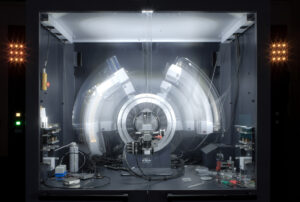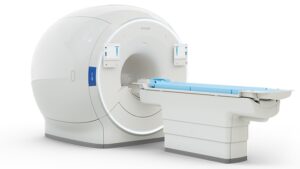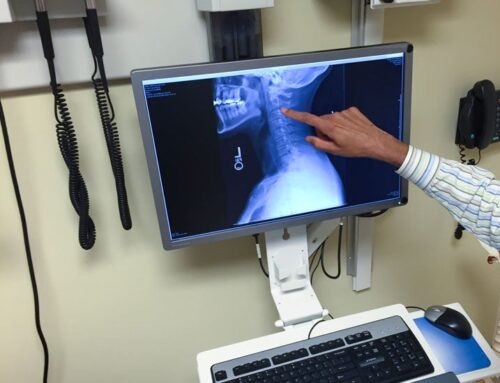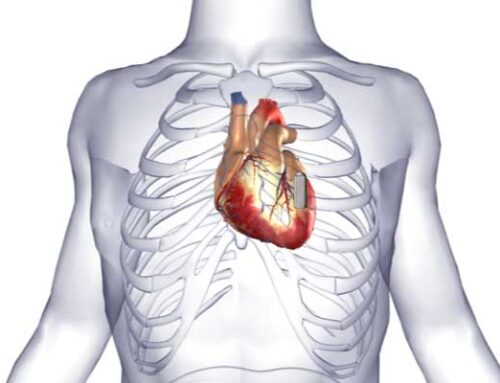The Impacts of Radiology
Radiology technology is a constantly evolving field that has seen significant advances in recent years. These new technologies have revolutionized the way medical professionals diagnose and treat a wide range of conditions, from cancer and heart disease to orthopedic injuries and neurological disorders. In this essay, we will explore some of the newest radiology technologies that are changing the face of modern medicine.
AI Technology in Radiology
One of the most exciting developments in radiology technology is the use of artificial intelligence (AI) and machine learning algorithms to analyze medical images. These algorithms are trained on vast amounts of data and can quickly and accurately identify patterns and anomalies in images that might be missed by human radiologists. For example, AI algorithms can detect early-stage lung cancer on CT scans with greater accuracy than human radiologists, potentially improving patient outcomes and reducing healthcare costs.
3D Printers in Radiology
Another area of innovation in radiology technology is the use of 3D printing to create patient-specific models of the body. These models can be used to plan and practice complex surgical procedures, such as joint replacements or spinal surgeries, before the actual surgery takes place. This can reduce the risk of complications and improve surgical outcomes, particularly in difficult or high-risk cases.
MRI
In addition to AI and 3D printing, advances in imaging technology itself have also improved the accuracy and speed of radiological diagnoses. For example, the use of magnetic resonance imaging (MRI) has expanded to include functional MRI, which can map brain activity in real time. This technology has been used to study a variety of neurological disorders, including Alzheimer’s disease and epilepsy, and has the potential to improve our understanding of the brain and how it functions. 
PET
Another type of imaging technology that has seen significant advancements is positron emission tomography (PET) scanning. PET scans use radioactive tracers to create images of the body’s metabolic activity. This technology can be used to diagnose and monitor a wide range of conditions, including cancer, heart disease, and neurological disorders. More recently, PET imaging has been combined with MRI to create hybrid imaging techniques that offer even greater detail and accuracy.
Another area of innovation in radiology technology is the development of new contrast agents that can be used to enhance the visibility of certain structures in medical images. These agents can be injected into the body or taken orally and can help to highlight blood vessels, tumors, and other structures that might be difficult to see on standard images. For example, gadolinium-based contrast agents are commonly used in MRIs to help detect and monitor brain tumors.
In addition to these advancements in imaging technology, new treatment techniques are also being developed that use radiology to deliver targeted therapies to specific areas of the body. One example of this is radiofrequency ablation, which uses high-frequency electrical currents to destroy cancerous tumors. This technique is minimally invasive and can be performed under local anesthesia, making it a promising alternative to more invasive surgical procedures.
Another type of targeted therapy that uses radiology is brachytherapy, which involves placing small radioactive seeds directly into the body near a tumor. This technique can deliver high doses of radiation to the tumor while minimizing damage to surrounding healthy tissue. Brachytherapy is commonly used to treat prostate cancer, but is also being studied for use in other types of cancer. 
At the End
In conclusion, radiology technology is an exciting and rapidly evolving field that is changing the face of modern medicine. From AI algorithms and 3D printing to new imaging techniques and targeted therapies, these new technologies have the potential to improve patient outcomes and reduce healthcare costs. As these technologies continue to develop and improve, we can expect to see even more advancments in the field of radiology in the years to come.




